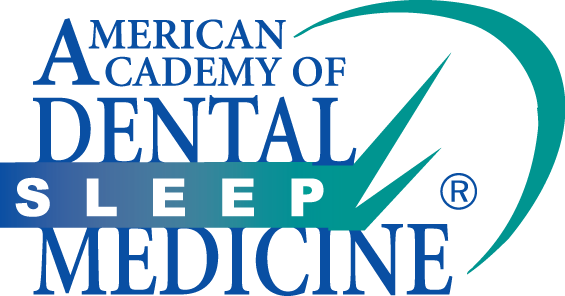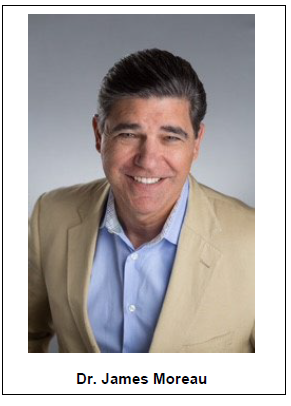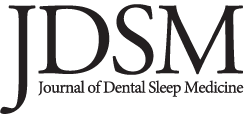
Special Article 1, Issue 12.4
Perspective on Artificial Intelligence in Dental Sleep Medicine
http://dx.doi.org/10.15331/jdsm.7412Disclaimer: The use, mention or depiction of any product, device, service or appliance shall not be interpreted as an endorsement, recommendation or preference by the AADSM. Any opinion expressed is solely the opinion of the individual, and not that of the AADSM.
Artificial intelligence (AI) is now impacting virtually every facet of our society. This is especially true for the healthcare world, and many experts in the field of dental sleep medicine (DSM) are predicting huge changes in how they treat sleep-related breathing disorders. From advancing the science of diagnostics, identifying oral appliance therapy responders, predicting patient health outcomes from therapy, and increasing workflow efficiencies, AI appears to be here to stay for DSM providers. AADSM member Dr. James Moreau shared his perspective on how AI will shape the field going forward.
 WHAT IMPACT WILL AI HAVE ON CLINICAL PRACTICE?
WHAT IMPACT WILL AI HAVE ON CLINICAL PRACTICE?“Artificial intelligence is here. We have been using it in dentistry for two decades now in both CAD/CAM restorations and clear aligner orthodontics. The role of AI is to give an initial proposal based upon software parameters that are preloaded into the system.
I’ve watched AI creep into many areas of my life, as well as in medicine and general dentistry. Having had a medical procedure done by a robot, I found it was similar to what I do in my practice.
I can foresee that AI could be programed to increase the accuracy and comfort of the fit of appliances and perhaps even help decide which type of retention is indicated.
Based upon numbers from a clinical exam, the home sleep apnea test, cone beam computed tomography, or even images of the tongue and posterior pharyngeal space, AI could propose the most advantageous starting point for titration and whether or not the vertical should be increased, all leading to more rapid positive results for the patient and the providers.
A qualified and experienced clinician needs to oversee and approve all the proposals, just as we do with CAD/CAM restorations and clear aligner technology. However, I am hopeful that, done correctly, there will be minimal, non-hazardous learning curves.”
James A. Moreau, Jr., DDS, FAGD, FAAOSH, D.ABDSM
LEARN MORE ABOUT AI AND DSM
Use these resources to learn more about AI and DSM:
- At the 2025 AADSM Annual Meeting, Dr. Dennis Hwang presented on the “Influence of AI on Diagnosing and Treating OSA.”
Recordings of Annual Meeting presentations can be purchased through December 31, 2025. - Discuss the potentials and use of AI with other AADSM members on the AADSM Discussion Board.
- In 2025, the American Academy of Sleep Medicine published a position statement on the use of AI in sleep medicine.
- In a 2024 JDSM article, Drs. Subha Giri and Timothy Morgenthaler discuss AI’s impact on DSM, particularly through intelligent oral appliances.
